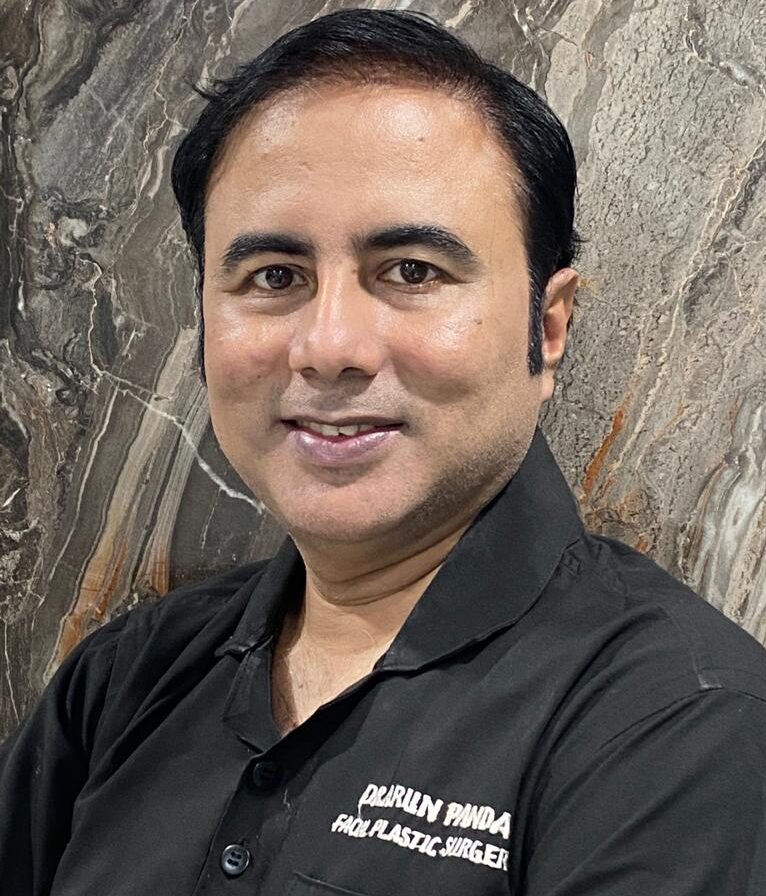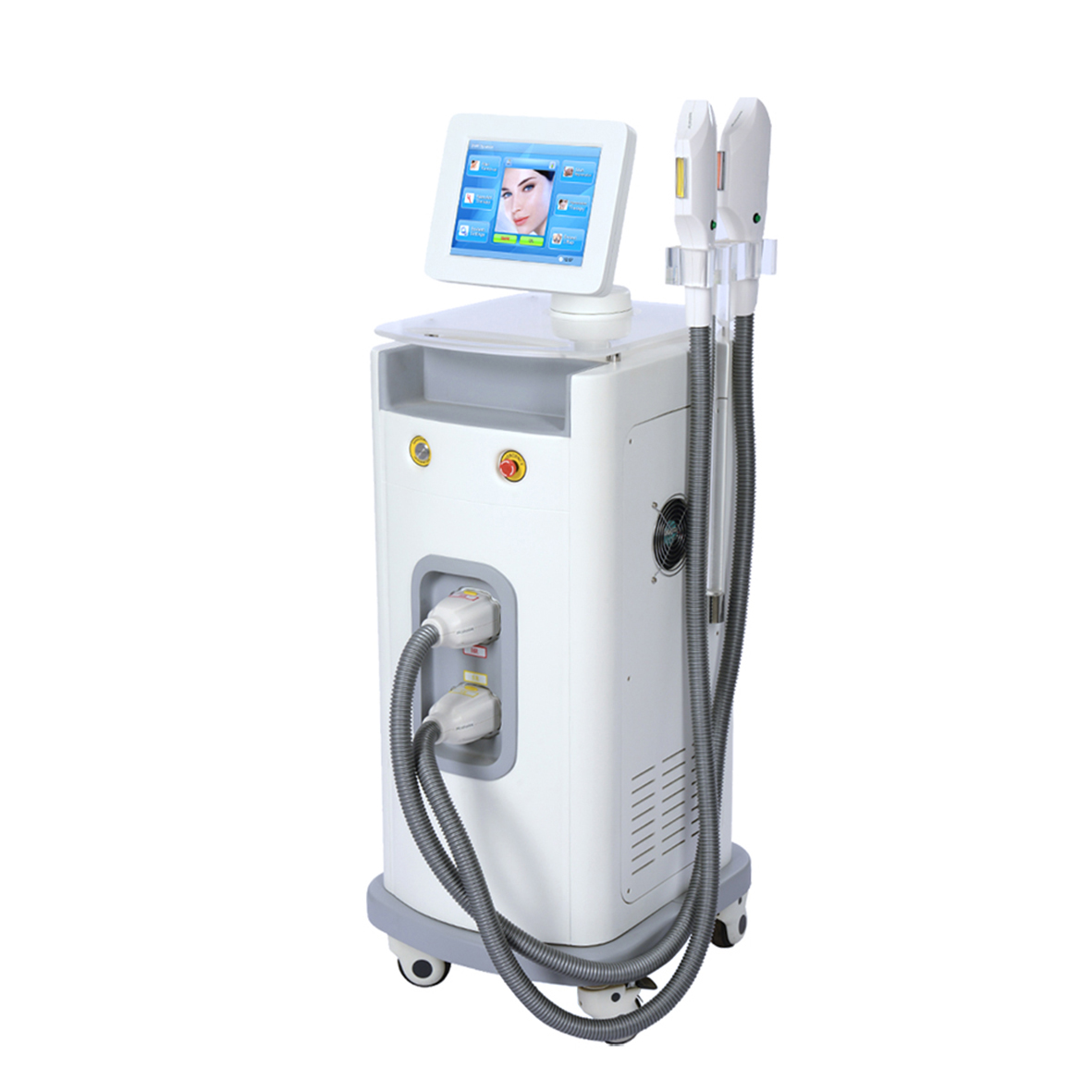What is Laser Hair Reduction?
If you’re tired of shaving, tweezing, or waxing to get rid of unwanted hair, laser hair removal might be a good option. In today’s world, Laser hair removal in Navi Mumbai is one of the most popular cosmetic procedures. It entails shining a concentrated beam of light into the hair follicles. The pigment in the follicles absorbs light, which kills the hair.
Laser hair removal is effective on the face, leg, arm, underarm, bikini line, and other areas. Opting for this procedure has a number of advantages. To begin with, lasers are extremely precise because they can target dark, coarse hairs while causing no damage to the surrounding skin. This procedure is extremely quick and efficient. Each laser pulse lasts a fraction of a second and can treat multiple hairs at once. Small areas, like the upper lip, can be treated in under a minute, while larger areas, like the back or legs, can take up to an hour. The procedure is highly effective, with most patients experiencing permanent hair reduction after three to seven sessions on average.
Before Laser Hair Reduction procedure
This is a medical procedure that should only be performed by trained professionals. Prior to treatment, you must refrain from plucking, waxing, or electrolysis for at least six weeks. Because the laser targets the hair roots, which are removed temporarily by waxing or plucking, this is the case. Make sure to stay out of the sun for at least six weeks before and after your treatment. Sun exposure reduces the effectiveness of laser hair removal and increases the risk of complications following treatment.
What to Expect of Laser Hair Reduction Procedure?
The hair in the treatment area will be trimmed to a few millimeters above the skin surface to begin the procedure. The laser will be adjusted to match the color, thickness, and location of the hair being treated, as well as the color of your skin. Wearing appropriate eye protection would be required. A cold gel or a special cooling device will be applied to your skin’s outer layers to protect them. The laser light will be able to penetrate the skin more effectively as a result of this.
The Skin Special at our Clinic in Navi Mumbai will then apply a pulse of light to the affected area and monitor it for several minutes to ensure that the best settings were applied and that no signs of a negative reaction were present.
To relieve any discomfort that you may experience after the procedure, you will be given ice packs, anti-inflammatory creams, or lotions.
Innovative
3-in-1 applicator.
Virtually Painless
Treatment is virtually painless, delivering a massage-like sensation.
All Skin Tones and Hair Types
Effective results for light or dark skin as well as coarse of fine hair.
Proven safety record
Including for dark skin.Perfect for any area of the body
Speed
Treatment sessions are super-quick, even for large areas such as the legs or back.
No Down Time
You can return to your normal activities, including working out at the gym, immediately.
The treated area of your skin may appear sunburned for a day or two afterward. Cool compresses and moisturizers would be beneficial.
The hair that has been treated will fall out over the next month. To help prevent temporary changes in the color of the treated skin, you must wear sunscreen for the following month. Blisters are uncommon, but they are more common in people with darker skin. Swelling, redness, and scarring are all possible side effects. Permanent scarring or skin color changes are uncommon.
FREQUENTLY ASKED QUESTIONS
FAQ
Laser hair removal is the safest and most effective way to get rid of unwanted hair for good.
Laser hair removal is the process of a laser beaming highly concentrated light into hair follicles, and it is one of the most commonly performed cosmetic procedures in the United States. The light absorbs the pigments in the follicles, which heat up to the point of singeing, destroying the hair and surrounding root, and preventing future hair growth.
Since 1997, lasers have been used to remove unwanted hair. Treatments are simple and quick, and lasers are completely safe. Each laser pulse’s heat energy is optimized and targeted to avoid absorption by the skin.
Due to the fact that human hair grows in cycles, multiple treatments must be performed at least 8 weeks apart.
Have you ever been curious as to how laser hair removal works? Laser hair removal works by destroying melanin with different wavelengths of light. Light Amplification by Stimulated Emission of Radiation, or laser, is an acronym for Light Amplification by Stimulated Emission of Radiation. True Lasers, or any FDA-approved class IV laser designed for permanent hair reduction, emit wavelengths of light that are absorbed by the melanin pigment in the hair. Because the hair shaft (hair itself) absorbs all of the laser energy, lasers can effectively destroy hair without causing damage to the surrounding skin.
This is why coarse hair treatments work best; coarse hair contains a lot of pigment for the laser to target and can absorb a lot of laser energy. Fine hair, such as peach fuzz, is less pigmented and can’t absorb much heat. During each pulse of the laser, All Body Details True Laser devices spray a cryogenic coolant to alleviate any discomfort caused by the heated hair.
Most patients require five to ten effective treatments spaced at least eight weeks apart. Because hair grows in cycles, it takes several sessions to affect all of the hair in a given area. Treatments are usually scheduled every 8-10 weeks, based on the average length of hair growth cycles. The length of the hair cycle varies by body part. The face has a shorter treatment cycle and thus more frequent treatments (every 8 weeks or so), whereas the legs and back have a longer treatment cycle and thus less frequent treatments (closer to 10-12 weeks apart).
Within three weeks of each treatment, all of the treated hair should fall out. Hair may appear to be growing during the shedding phase, but it is actually shedding. Exfoliating and/or gently scrubbing with a loofa in the shower can help speed up the shedding process. Hair that does not shed and grows normally after 3 weeks may not have been in the growth phase at the time of treatment and thus was not affected. In any case, please inform your True Laser specialist of any areas of hair that you believe were not affected at the time of your next treatment so that they can adjust the settings if necessary.
To achieve long-term results, all 5 to 10 treatments should be good, effective treatments performed in aggressive settings. You will have a hair-free period for several weeks after the hair has shed. You should come in for your next session once new hair grows in, which usually takes 8-10 weeks.
Each laser pulse lasts a fraction of a second and can treat multiple hairs at once. Every second, the laser can treat an area about the size of a quarter. Small areas, like the upper lip, can be treated in under a minute, while larger areas, like the back or legs, can take up to an hour.
It’s more than just “zapping” unwanted hair with laser hair removal. It is a medical procedure that necessitates extensive training and experience in order to achieve the best results. Since our inception in March of 2006, Body Details has treated thousands of patients and has become an expert in the services we offer.
Before undergoing laser hair removal treatment, you should refrain from plucking or waxing for six weeks. True Lasers target the roots of the hair, which are temporarily removed by waxing or plucking, rendering treatment ineffective. You are free to shave as often as you like in the weeks leading up to your treatment.
When possible, you should avoid sun exposure in the treatment area for six weeks before and after treatment. Laser hair removal is less effective when exposed to the sun, and complications after treatment are more likely. You know your body best, so wait until you’ve cycled through any previous tans before scheduling treatments.
The treated area of your skin will appear and feel sunburned for a day or two afterward. Moisturizers and cool compresses may be beneficial.
Your treated hair will fall out over the next month. To help prevent temporary changes in the color of the treated skin, use sunscreen for the next month.
Though the sensation is different, laser hair removal is generally less painful than waxing. Each laser pulse is described by patients as feeling like a rubber band snapping against the skin for a split second. While the laser is hitting the skin, there is only a brief sensation of pain. The treatments are quick because each laser pulse effectively destroys all the hair in an area about the size of a quarter. The majority of people do not require an anaesthetic cream, though more sensitive patients may be prescribed one if necessary.
Some people may experience the following potential temporary side effects:
- Itching
- Redness for up to 3 days
- Swelling around mouth of follicle for up to 3 days
- Tingling or feeling of numbness
The following rare side effects are indicative of inappropriate laser type and/or failed adherence to the pre and post treatment instructions:
- Micro-crusting/scab formation
- Bruising
- Purpura (purple coloring of the skin)
- Temporary pigment change (hypopigmentation or hyperpigmentation)
Simply reducing the amount of hair in a particular area is possible. Simply buy a package for the area you want to thin out and get treatments until you’re satisfied with the amount of hair you have left. Patients should continue treatments until the remaining hairs are too fine for the laser to target, or until the desired level of reduction has been achieved.
While laser hair removal produces excellent results for the vast majority of patients, those with excessive hair growth, particularly in unusual areas, should consult a doctor to rule out any underlying medical conditions before undergoing laser hair removal. Men with male-pattern facial hair should see an endocrinologist to rule out PCOS, Hirsutism, or elevated testosterone levels, while women with male-pattern facial hair should see an endocrinologist to rule out any possibility of PCOS, Hirsutism, or elevated testosterone levels.


